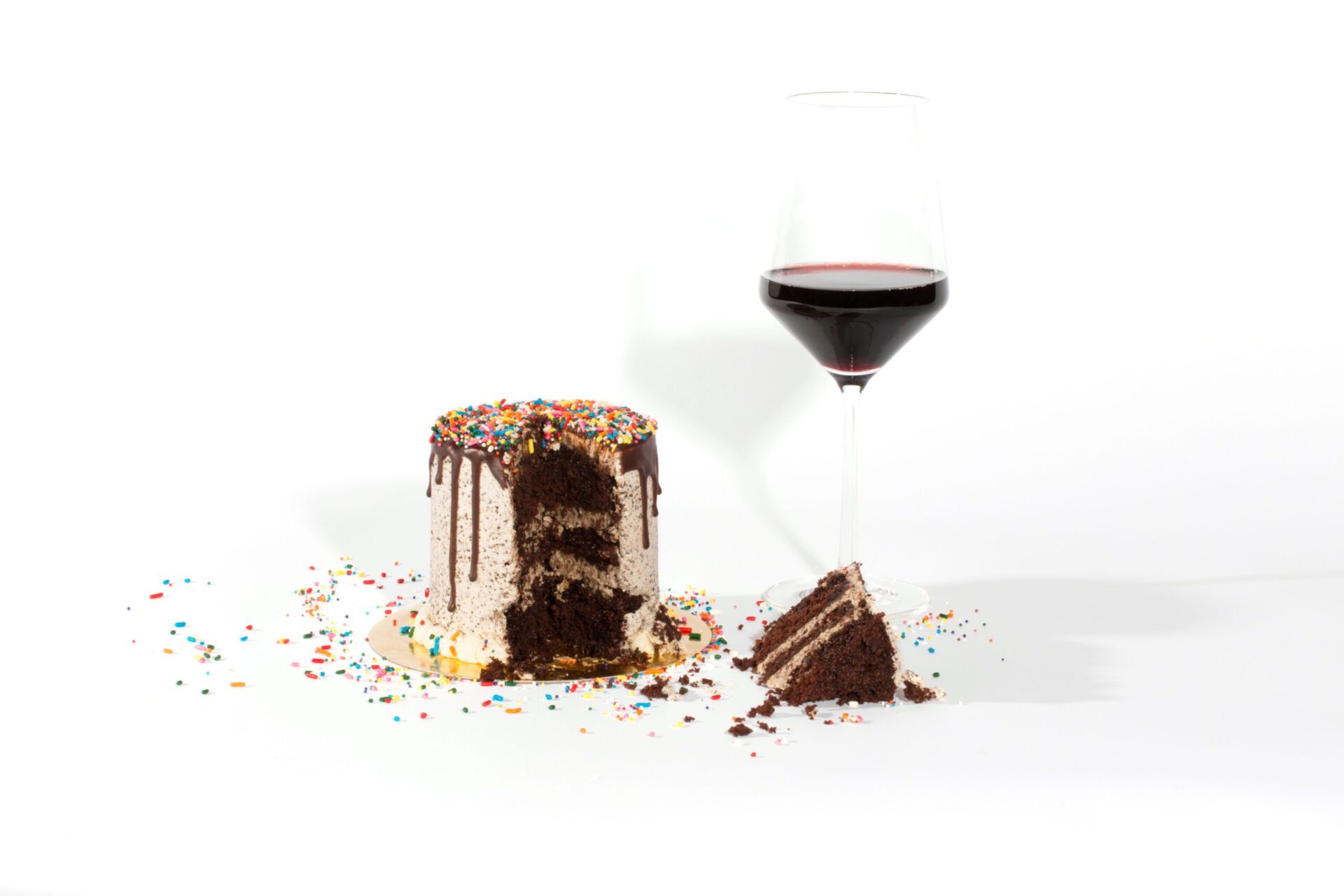Q: How much sugar is actually in wine?
A: ‘Low sugar’ and ‘zero sugar’ are terms often marketed with a “better for you” stance, to appeal to health-conscious wine lovers, but let’s break down the real role of sugar in wine.
To understand low-sugar, and in turn low-alcohol, wines we have to dive into how wine is made and what actually ends up in the glass. I think the first thing to differentiate is sugar pre-fermentation versus residual sugar post-fermentation. I.e. The sugar that grows in grapes as they ripen before being picked, and the sugar remaining in the final wine product.
What often gets misconstrued (or withheld in brand marketing) is that dry wines generally only have a small amount of residual sugar (2-3 g/L) as is; Meaning almost every dry wine on the market is already ‘low’ in residual sugar. This is because the naturally-occuring sugar that builds in grapes as they ripen gets consumed (as food) by yeast, and converted into alcohol, carbon dioxide and other by-products. Yeast will continue to eat the naturally-occuring sugar until it is completely digested or fermentation is halted. If a fermentation is continued until there is no residual sugar remaining, then that would dictate a ‘zero-sugar’ wine.
Now if the yeast is destroyed or removed before all the naturally-occuring sugar is consumed, then this is where residual sugar comes in and will indicate the final sweetness of a wine.
Something that is often tricky is the perception of ‘sweetness’ from extra ripe grapes, and in turn, overly fruity and jammy wines. Specifically in certain red wines. Explanation: The more sunlight and daytime heat grapes receive, the faster they will ripen and build naturally-occuring sugar. To put it simply, the more sugar that is present in the grape, the higher potential for sugar or alcohol in the finished wine.
Another marketing claim of ‘no added sugar’ on a wine label, which would imply that wines are made with additional sugar. For any dry wines, this would broadly not be the case. However, mass produced wines may have added sugar to make the wine sweeter. Certainly an aspect of those ‘make you feel crummy’ wines. There is also a winemaking technique that can be done in cooler climate regions to where sugar can be added before or during fermentation (not after) to aid grapes that ripen at a slower pace.
Lastly, wine labels do not often inform consumers of sugar levels regardless of being dry or sweet. While the European Union regulations indicate that dry wine contains less than 4 g/L RS, the United States does not hold these same standards. There are many wines that are zero sugar, or low sugar, but nowhere does it say that on the label.
Regardless… without sugar, there would be no wine.




